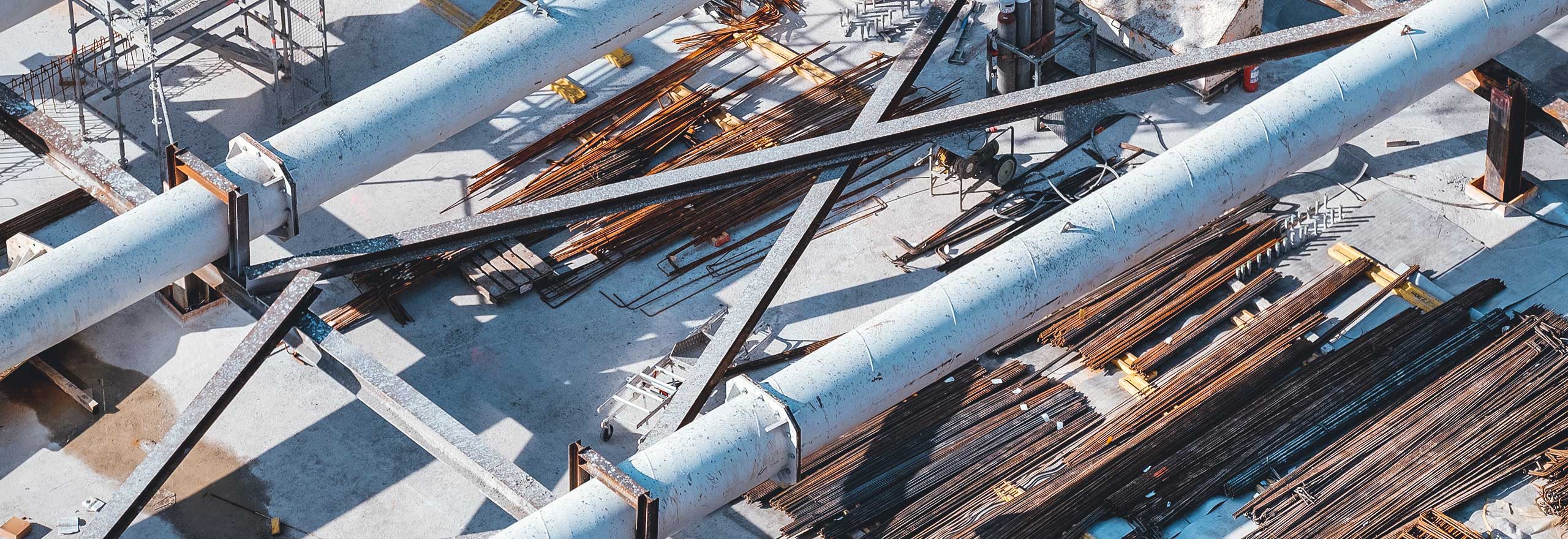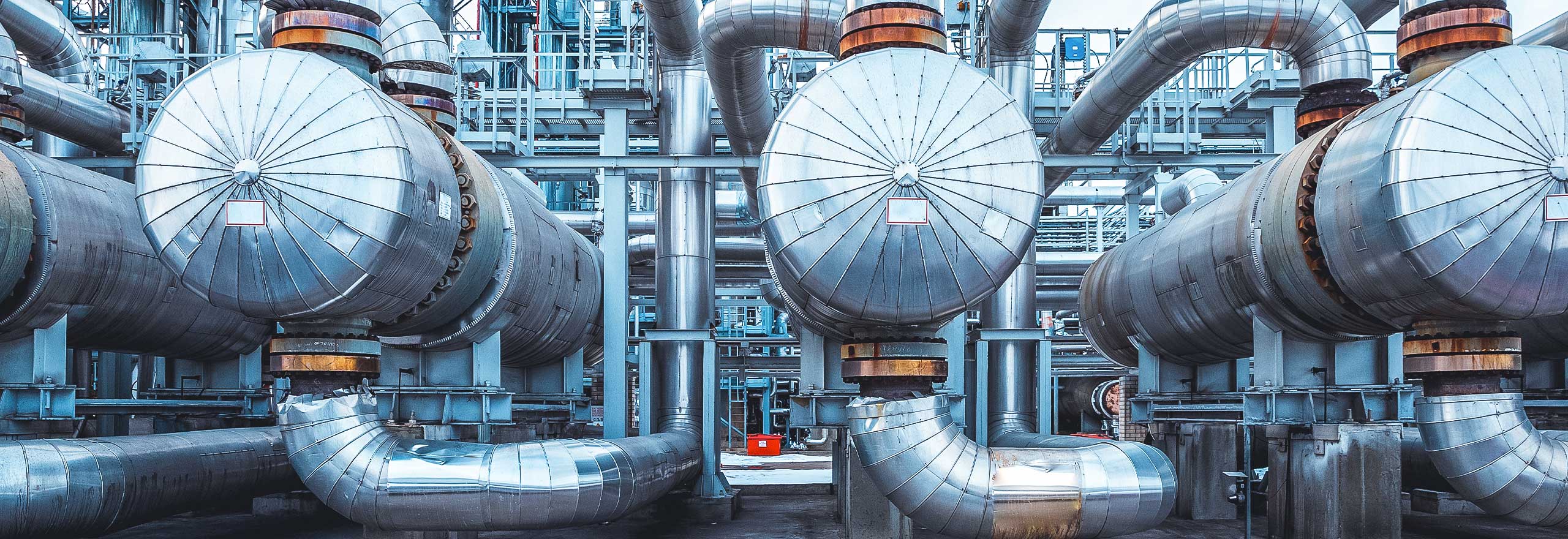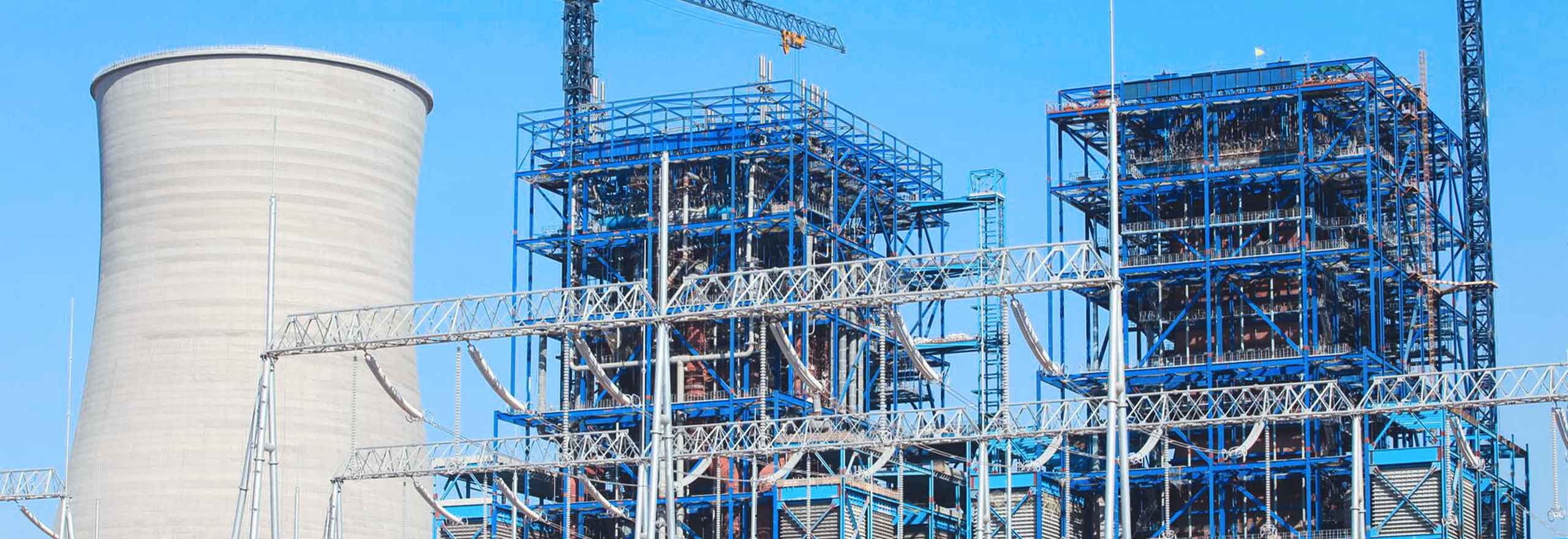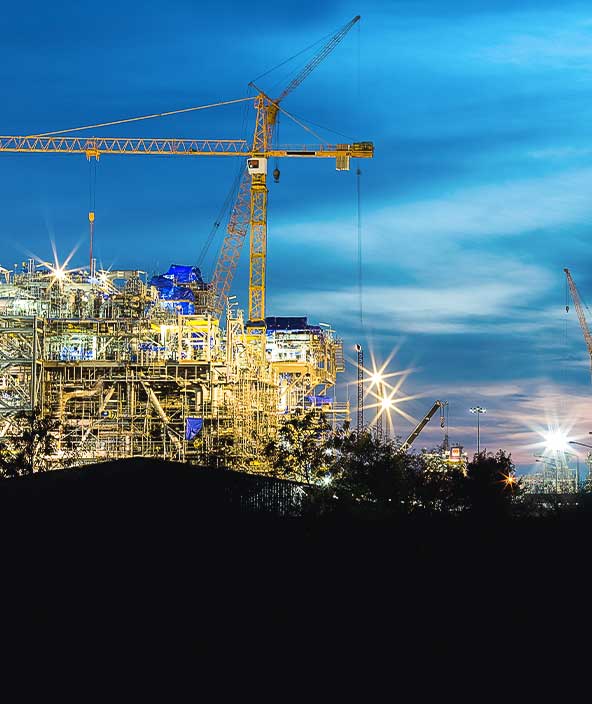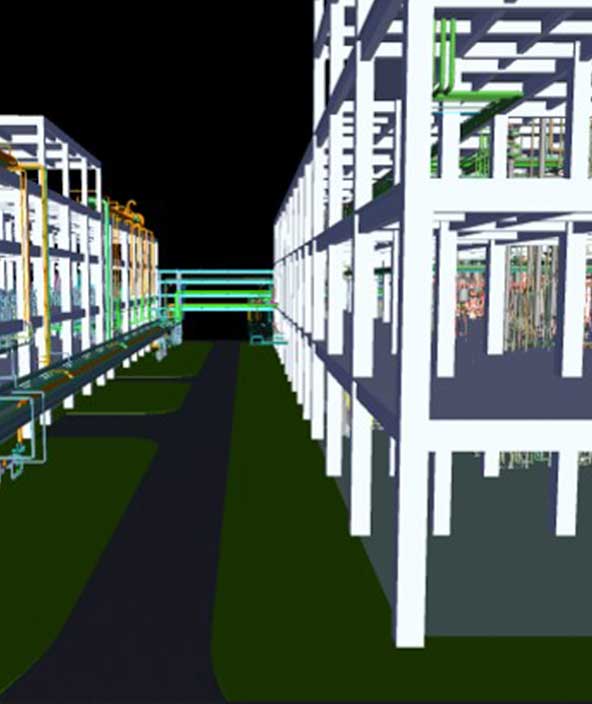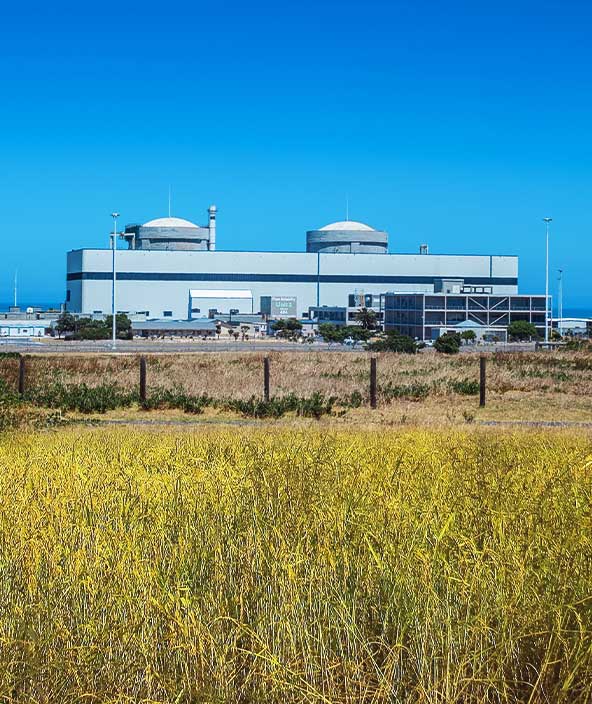Análisis de ingeniería
El análisis y el diseño simplificados permiten a sus equipos de ingeniería participar en un flujo de trabajo ajustado.
Hexagon se mantiene al día con los cambios en las normas y códigos internacionales, por lo que siempre estará seguro de obtener resultados actualizados e internacionalmente viables. Supervisamos de cerca las tendencias de la industria y las nuevas tecnologías para mantenerle a la vanguardia en el análisis y diseño de ingeniería.
Disciplinas de ingeniería
-
Pipe Stress
-
Mechanical
-
Structural
Pipe Stress Analysis
For facility owners, the highest priority is the safety of people, installations, operations and the environment. Computer-aided engineering software helps prevent catastrophic events, such as explosions and leaks, with the ability to predict and control the behavior of piping systems due to certain applied loads.
Stress analysis is required for piping systems identified as critical due to the potential consequences of a system failure. It can be performed at different stages during the lifecycle of an asset. During the design phase, changes on piping systems may be recommended as a result of the stress analysis, which could trigger a cascade of changes for other project stakeholders that could compromise the schedule and budget of the project.
Types of engineering analysis performed by pipe stress engineers include:
• Static and dynamic analysis
• Offshore analysis
• Seismic analysis
• Fatigue analysis
• Equipment analysis
• Flange leak analysis
Static Equipment Analysis and Design
Pressure vessel or tank failure can be not only costly, but also very dangerous. That’s why it’s critical that equipment such as vessels, heat exchangers and storage tanks are designed accurately and meet code requirements, including the most commonly used pressure vessel design codes: ASME Section VIII Div. 1 & 2, PD 5500, and EN 13445.
Pressure vessels corrode over time, and engineers need to evaluate current state and remaining life of their equipment. Hexagon engineering analysis solutions help you confidently design equipment for the most extreme uses, such as radical temperature and pressure excursions.
Structural Analysis and Design
Structural engineers' first responsibility is to public safety, and next is to provide clients with cost-effective solutions. They are challenged to analyse structures of differing materials and geometry variations, and also to ensure their designs include multiple load combinations and meet local design codes.
Engineers have long understood the PC’s computational power for structural analysis, starting with simple spreadsheets through today’s specialised, fit-for-purpose software.
In a typical project, multiple siloed programs may be needed to perform analysis and design. Engineers may wonder if they can trust the results of black-box software and waste time trying to keep up with multiple software packages.
Hexagon’s solution is general-purpose, interoperable for a LEAN workflow, time-tested and known for reliable computation. It has an open interface and documented design code implementation, providing a single, trusted solution for solving even the most complex problems.
Explorar
$ProductName
$SustainabilityImpactLabel
$SustainabilityCTABandHeadingLabel
Incrementamos la curva de la automatización
Nuestra transición hacia la automatización inteligente se está acelerando. A la larga, nuestras innovaciones darán lugar a nuevas tecnologías y aplicaciones, muchas de las cuales aún están por descubrir. Hoy en día, cada solución de Hexagon se mapea y etiqueta según su nivel de automatización, por lo que los clientes pueden hacer un seguimiento claro de nuestro progreso hacia la libertad que proporciona la autonomía.
-
Nivel 0/Ninguno:
El ser humano realiza todas las tareas, no se utilizan datos
-
Nivel 1/Asistencia humana:
El ser humano se encarga de realizar las tareas, pero algunas funciones están automatizadas para simplificar el control
-
Nivel 2/Parcial:
Algunas tareas están automatizadas para que el funcionamiento pueda ser autónomo durante períodos cortos (o en circunstancias específicas)
-
Nivel 3/Condicional:
El funcionamiento autónomo es posible dentro de ciertos límites, pero la intervención humana puede ser necesaria con poca antelación
-
Nivel 4/Alto:
Diseñado para completar las tareas requeridas de forma autónoma, pero puede requerir intervención humana si las circunstancias cambian más allá de límites específicos
-
Nivel 5/Completo:
Tareas de control automatizadas en todas las condiciones, pero el ser humano puede solicitar hacerse cargo; puede completar todas las tareas requeridas sin intervención humana
Tierra
Productos que tienen un impacto medioambiental en el control forestal, la reutilización de materiales, la agricultura o el uso del agua.
Ventilación
Productos que tienen un impacto medioambiental en las energías renovables, la eliminación de la contaminación acústica y la electromovilidad.
Agua
Productos que tienen un impacto ambiental en la conservación de nuestros océanos, la reducción de la contaminación y el aumento del acceso a agua limpia.
